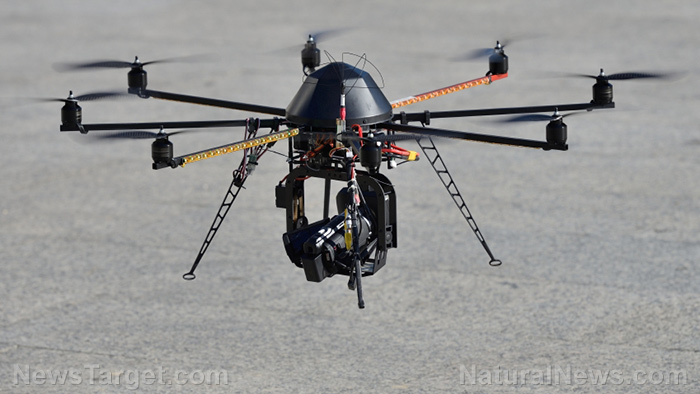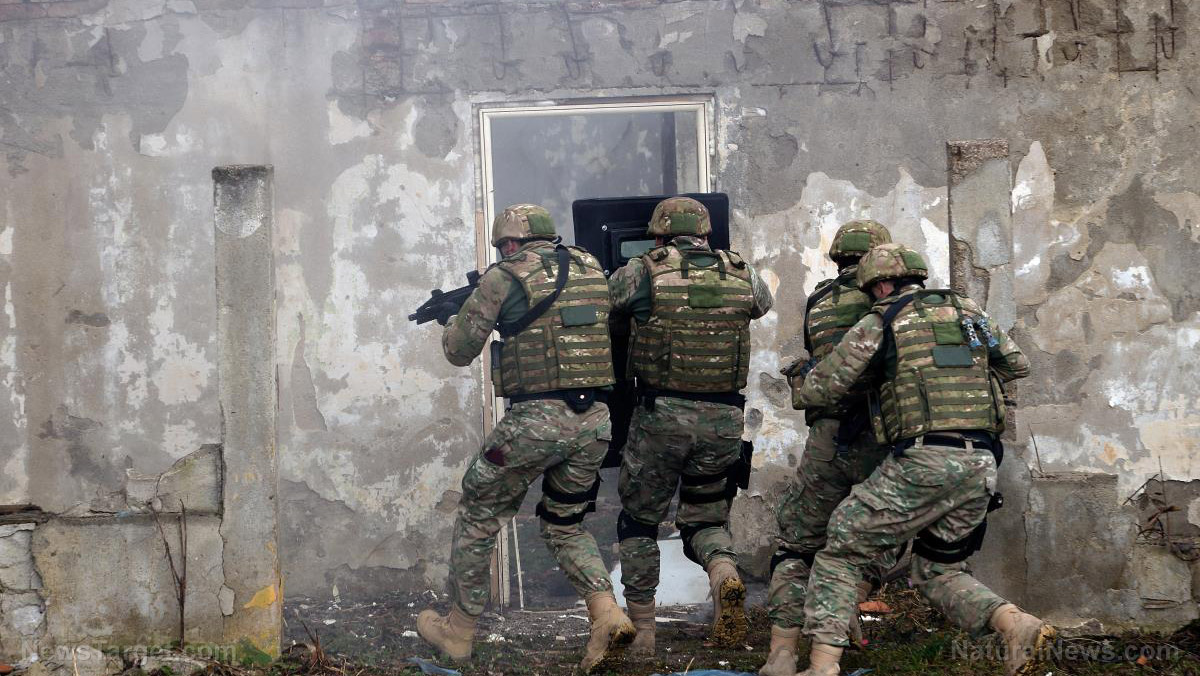Terrorist organizations prefer application software secured by end-to-end encryption. The putschists in Turkey’s failed coup d’état plotted over WhatsApp. Telegram, an internet messaging platform developed by Russian dissident entrepreneurs, remains a favorite of ISIS.
But both apps come with their own hazards.
Participants in the Taliban’s WhatsApp chatrooms can view the cellphone numbers of all the other members, allowing even the laziest intelligence officer to see with ease who is controlling and following the Taliban’s instant messaging. Gizmodo has also questioned the privacy afforded by Telegram, ranking iMessage as more secure.
As rebels grapple with the pros and cons of media manipulation over the internet, even states without access to the Western world’s high technology are enjoying the benefits of mass surveillance in their bloody counterinsurgencies. Leaders in the Justice and Equality Movement (JEM) and the Sudanese Liberation Movement/Army (SLM/A) alleged that the Sudanese government launched an airstrike in 2011 on Khalil Ibrahim, the most prominent of Darfur’s rebels, after tracking his cellphone.
“The death of Dr. Khalil resulted from the Global Positioning System,” Adam Eissa Abakar, a JEM leader, told The Daily Beast. “When an individual speaks on the telephone, there will be an airstrike within half an hour.”
“The government in Khartoum controls the telecommunications market in Sudan and brought sophisticated surveillance equipment to monitor all calls and messages within the country,” claimed Muhammad Abdulrahman al-Nair, an SLM/A spokesman. He asserted that Sudanese intelligence officers had studied computer and network surveillance in China, Iran, Malaysia, Pakistan, Russia, and South Korea. According to him, the Sudanese government relied on Emirati support to locate Ibrahim.
Elsewhere in Africa, failed states depend on Western intelligence sharing to target well-armed insurgents. “We know that our Libyan enemies are watching our phones, but they couldn’t know this technique without Western help,” asserted Muhammad Idris Taher, a press secretary for the Derna Mujahideen Shura Council, a Libyan militia with alleged links to al Qaeda.
The Middle East Eye confirmed the West’s relationship with Khalifa Haftar, a renegade Libyan warlord and self-proclaimed secularist enemy of jihadis, after obtaining recordings of air traffic controllers with American, British, and French accents directing airstrikes. Human rights defenders accuse Haftar of war crimes in Benghazi and Derna, strongholds of Libya’s Islamist militias.
Vastly outgunned and out-spent by Western militaries and intelligence services, terrorist organizations have embraced high- and low-tech methods of evasion and subversion.
ISIS fooled Europe intelligence agencies into believing that Abdelhamid Abaaoud, who masterminded suicide attacks in Belgium and France, was still in Syria by using his WhatsApp account there after he left. The militants have embraced bitcoin, a cryptocurrency, and the dark web, a system of overlay networks requiring custom software to access.
PIJ has managed to hack Israeli drones, stoking fears of cyberterrorism against Western governments.
For now, however, most terrorists must confront more mundane challenges.
The Ghost Security Group, a hacker organization tied to Anonymous, keeps harassing the Taliban’s websites. It will take some time before insurgents have the capabilities and technologies to respond in kind.
Intelligence agencies, meanwhile, also rely on more traditional methods of espionage.
“Keeping track of recruitment trends and the substance of messaging is the most useful purpose for intelligence and security services of monitoring social media,” Pillar, the former CIA official, told The Daily Beast. “It is not a matter of pros and cons of doing this versus collecting human intelligence,” he notes. Human intelligence is “necessary to learn of any operational plans.”
The collection of defectors, double agents, and informants, has played a critical role in operations such as the assassination of Osama bin Laden. It can explain the interpersonal relationships that signals intelligence might overlook. Still, human intelligence comes with its own risks. A triple agent posing as an informant killed seven Khost-based CIA operatives in a 2009 suicide attack. And there have always been tensions between proponents of human intelligence and signals intelligence: HUMINT vs. SIGINT.
“Successful operations often involve multiple agencies using a variety of specialized methods,” said Hennessey, the former NSA official. “For example, a signals intelligence interception might generate a lead which is then investigated and verified through non-SIGINT methods. Or human intelligence sourcing about a terrorist’s identity and approximate location or use of a particular phone or number might be supplemented with more SIGINT metadata information to determine an exact location.”
Insurgents will always need to prepare countermeasures to protect themselves from the informants living among them and the spies watching their cell phones. Then, Western intelligence, law-enforcement, and security agencies reap the benefits of the terrorists’ strategic errors online.
Read more at: thedailybeast.com





















